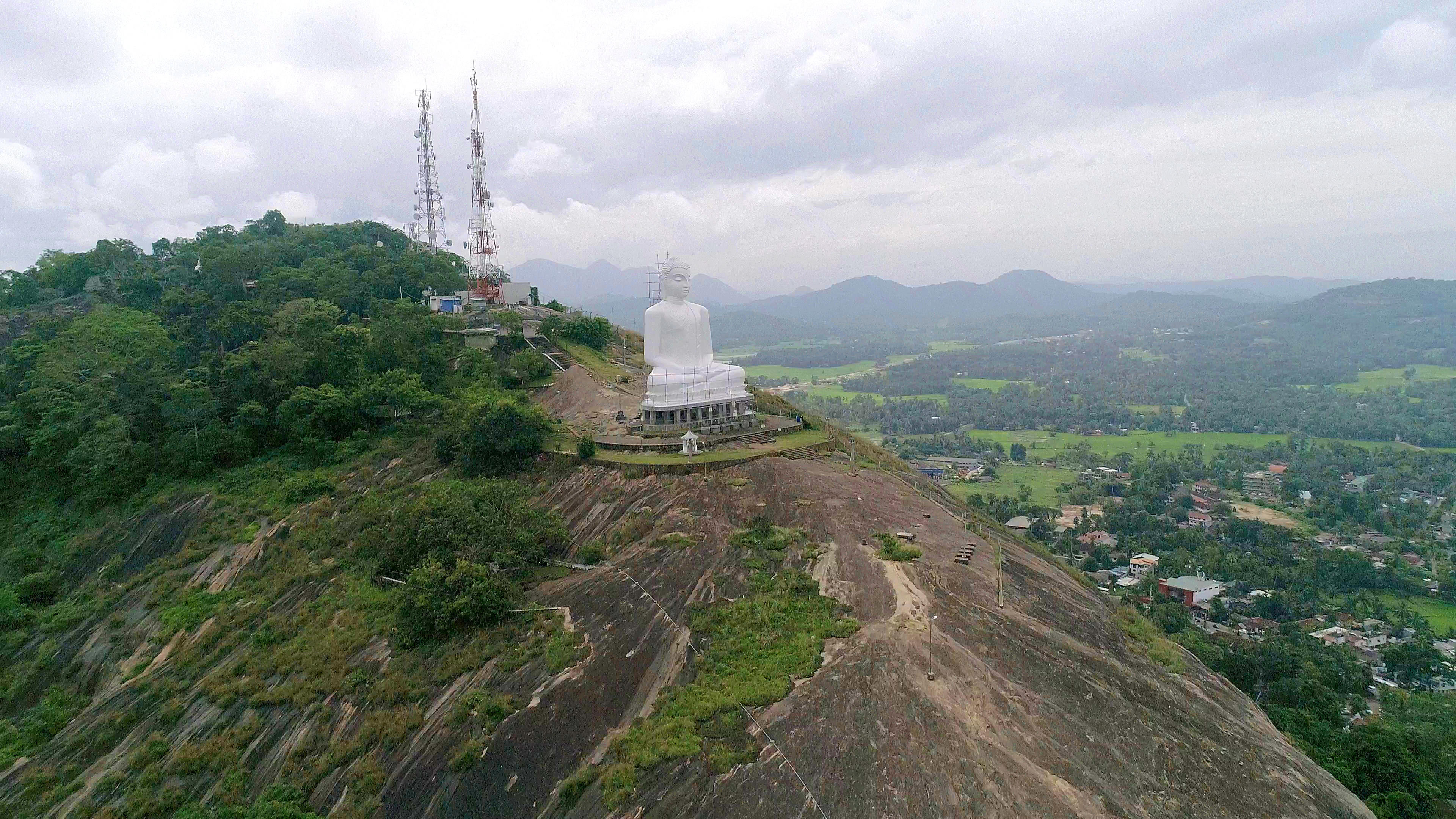KurunegalaDemocratic Socialist Republic of Sri Lanka
Member of the LHC since 2019
Kurunegala is the provincial capital of the northwestern province and is an important travel hub where Colombo, Negombo, Kandy, Dambulla, Puttalam and major arterial roads and connecting local cities meet. In the center of the city is a clock tower dedicated to the warriers who sacrificed their lives in World War I. The landmark of the city is a beautiful lake and eight Rocky Mountains. From the exterior, each rock mountain is named as a statue, a turtle, an eel, a goat, a beetle, a monkey, a wizard, and a large bag. Among them, the largest is the Elephant Rock, where a huge white Buddha statue sits on top.

The name of the city is also taken from this rock, "Kurune" means an elephant with tusks in native terms and "Gala" means a rock. Tradition says that a witch turned some animals into rocks to reduce water consumption in the event of an outbreak. This area is the place where the Sinhala (largest ethnicity) dynasty, which was followed by Polonnaruwa by King Maaga, who founded the kingdom of Jaffna (who was assumed to have crossed Ceylon from India), built the kingdom of DAMBADENIYA. In 1220, the first capital of Sri Lanka was Dambadeniya which is located to the southwest of Kurunegala. The first king of Dambadeniya kingdom built a fortress on top of the Dambadeniya Rock and built a Temple of tooth relic. It is said that the second king of Dambadeniya kingdom wrote many poems and created the golden age of Sinhala literature. Since the third king of Dambadeniya kingdom was assassinated by a minister, in 1272 his fourth brother, the fourth king, moved to YAPAHUWA, north of Kurunegala, he built a fortress on a 90-foot rocky mountain. In the center of the stone steps of Yapahwa ruins is a lion statue that has been printed on previous 10 Sri Lankan rupees bill. There is also an archaeological museum and a temple of the Kandy dynasty. The late Pandiya dynasty in South India took control of the Jaffna kingdom, attacked Yapahwa in 1284, destroyed the capital city, and brought the tooth relic back to India. In 1298, the king of Polonnaruwa brought the tooth relic back to Sri Lanka after political negotiations with India and placed it in the Buddhist temple of tooth relic in Polonnaruwa. In 1300, it was moved to Kurunegala. 36km northwest to Kurunegala city, there is Panduwasnuwara, the first city of king Parakrama Bahu who united Sri Lanka which had been divided into three kingdoms and made Polonnaruwa a great Buddhist city. Kurunegala thus takes an important role in Sri Lankan history. (©Kamiya Masashi_Spice Up Sri Lanka)



